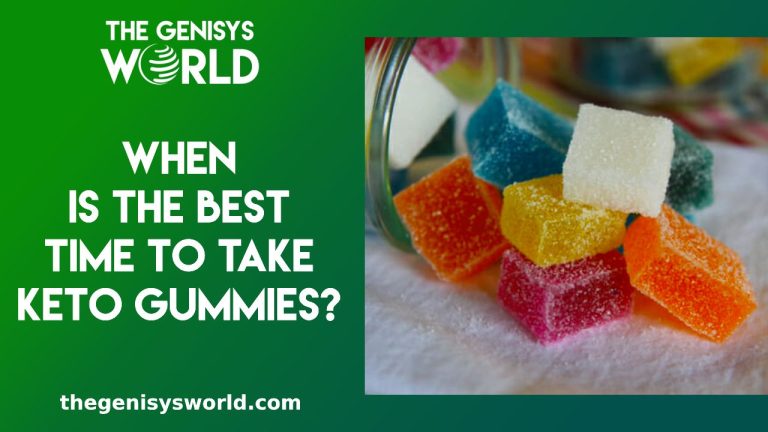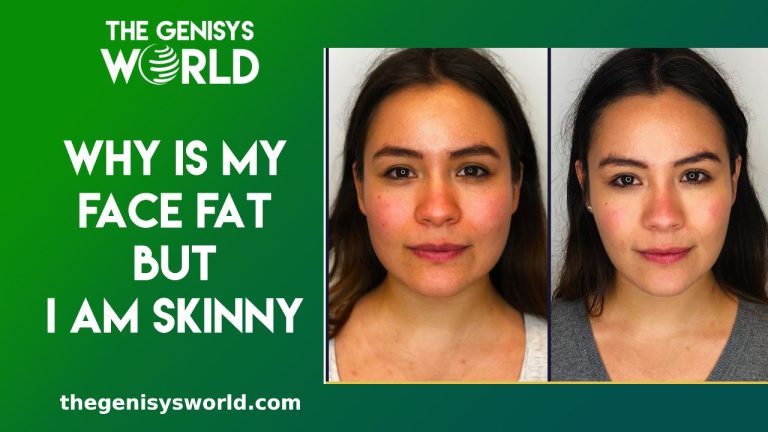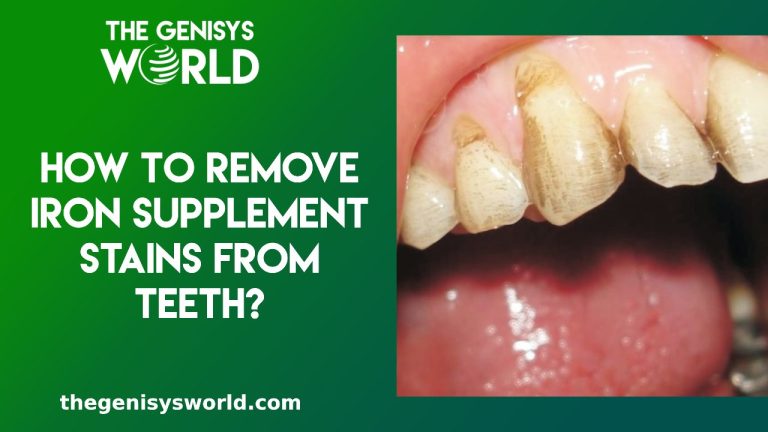What to Eat on Keto According to Age: A Comprehensive Guide
The ketogenic diet, popularly known as keto, has been trending in the world of health and wellness for its potential benefits. It is a low-carb, high-fat diet known for its effect on weight loss, insulin resistance, and cognitive health. However, as with all diets, nutritional needs vary with age. Here’s a guide on what to eat on keto according to age groups.
Children and Teens (1-17 years)
Although the ketogenic diet was originally developed to help manage pediatric epilepsy, its general use for children and teens for weight loss or other health benefits should be approached with caution. This is because children and adolescents have different nutritional requirements than adults, as they are in a phase of rapid growth and development.
What to Eat:
Fruits and Vegetables: Non-starchy vegetables like broccoli, zucchini, bell peppers, and fruits such as berries are great options. They provide essential vitamins, minerals, and fiber.
High-quality Proteins: These include lean meats, eggs, fish, and poultry. Adequate protein is essential for growth and development.
Healthy Fats: Avocado, nuts, seeds, and olives are excellent sources of monounsaturated fats that can be incorporated into a keto diet for kids.
Young Adults (18-30 years)
Young adults often adopt the ketogenic diet for weight loss or improved physical performance. As this is a crucial age for establishing long-term health habits, understanding proper nutritional balance is vital.
What to Eat:
Low-Carb Vegetables: Spinach, kale, and other leafy greens should be a staple. They provide necessary micronutrients without the excess carbs.
Healthy Proteins: Seafood, lean meats, and eggs are excellent sources of protein and vital for muscle development.
Healthy Fats: Incorporate fats from varied sources like coconut oil, olive oil, avocados, and fatty fish.
Adults (31-50 years)
For adults, the keto diet can aid in weight management and prevention of lifestyle diseases like type-2 diabetes or cardiovascular issues. Ensuring a balanced, nutrient-rich diet is crucial.
What to Eat:
Fiber-Rich, Low-Carb Foods: As metabolism slows down, incorporating foods high in fiber like almonds, flaxseeds, and non-starchy veggies can aid digestion.
Protein: Maintain muscle mass with lean proteins such as chicken, turkey, and fish.
Healthy Fats: Extra virgin olive oil, avocado, and fatty fish like salmon are beneficial for heart health.
Older Adults (51+ years)
The ketogenic diet for older adults can be beneficial in managing chronic diseases, improving cognitive function, and maintaining a healthy weight. However, they need to ensure they’re getting necessary nutrients for bone health and muscle maintenance.
What to Eat:
Bone-Health Promoting Foods: Incorporate food sources rich in calcium and vitamin D, such as sardines and fortified dairy-free milks.
Protein-Rich Foods: Protein needs increase with age to preserve muscle mass. Include lean meats, fatty fish, eggs, and dairy in moderation.
Fiber and Hydrating Foods: Consuming veggies like cucumbers, celery, and spinach can help hydrate the body and promote a healthy digestive system.
Healthy Fats: Avocados, chia seeds, and walnuts are great sources of omega-3 fatty acids, which support brain health.
Conclusion | What to Eat on Keto According to Age
Regardless of age, anyone considering a ketogenic diet should consult a healthcare professional or a registered dietitian. They can provide personalized advice based on individual health conditions and nutritional requirements. The goal is to ensure a balanced and healthy approach to the ketogenic diet across all age groups, emphasizing proper nutrient intake, portion sizes, and overall wellness.




